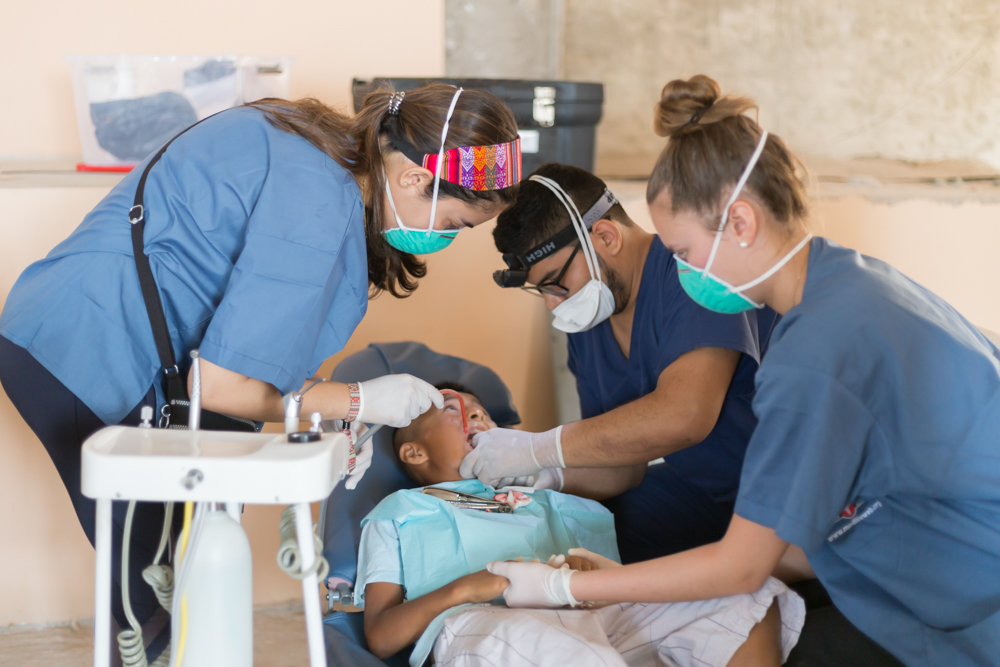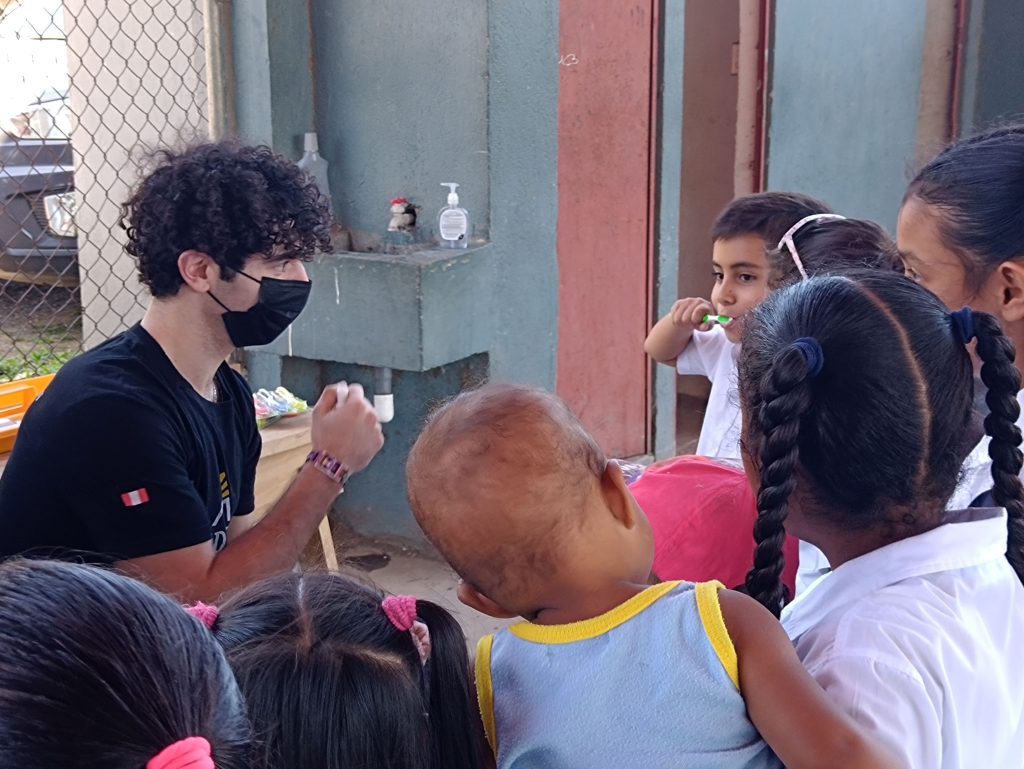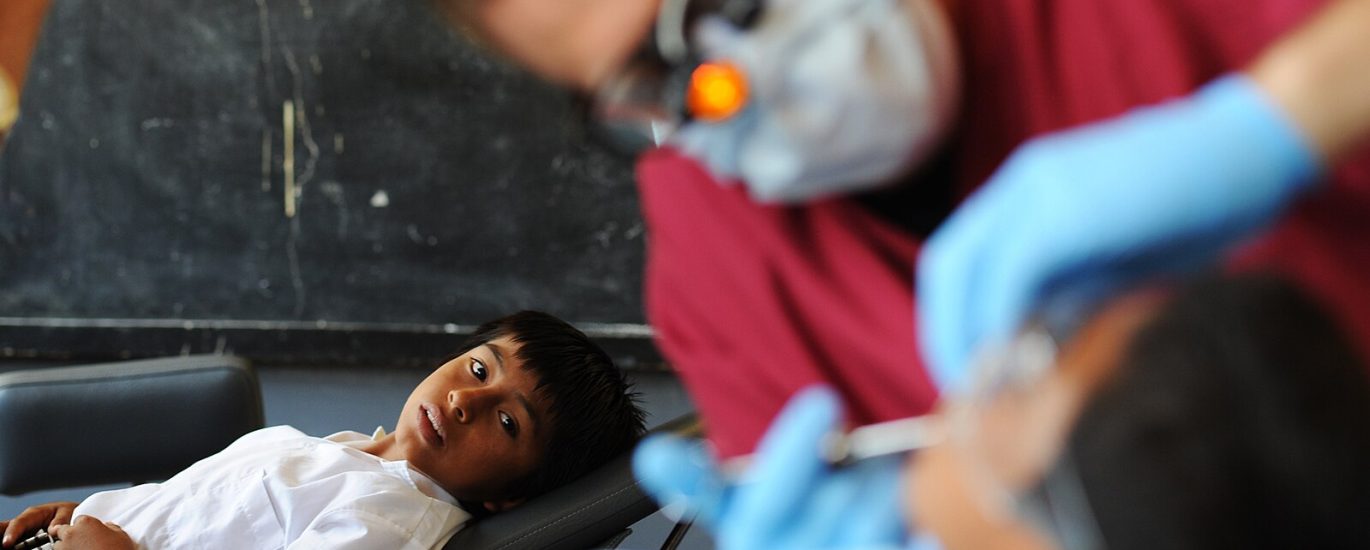Oral health is more than just a radiant smile; it’s vital to overall well-being and reflects socioeconomic conditions globally. From Tokyo to Toronto, dental well-being plays a pivotal role in dictating quality of life, dietary choices, and even self-confidence. South America presents a particularly unique scenario with its rich tapestry of cultures and economic disparities. As nations grapple with financial challenges and growth spurts, dental hygiene in the region vastly ranges between neglect and pioneering advancements. Delving into South America’s oral health landscape reveals not just challenges but also opportunities waiting to be seized.
Oral Health in South America: From Literacy Gaps to Market Triumphs
Oral health literacy, though foundational, remains an under-researched area in South America. It’s not just about knowing which toothpaste to pick; it’s about understanding the more significant implications of oral hygiene for one’s overall health. When parents possess this knowledge, it often translates to better dental care for their children, forming a cycle of well-informed health choices. Regrettably, the lack of research in this domain means that many in the region are left in the dark about the best practices for their dental well-being.
Enter Brazil, a country that stands out starkly against this backdrop. Touted as the third-largest dental market globally, after the United States and China, Brazil’s commitment to oral health is evident. The boom in its oral hygiene market, led by products like toothpaste and mouthwash, showcases the nation’s evolving consumer preferences, boosted by a growing middle class and strategic marketing promotions.
However, not all South American nations share Brazil’s dental prowess. A glaring concern is the acute shortage of dental professionals in many countries. Take Chile, for instance, where the dentist-population ratio is a mere 1.6 per 10,000 people. In sharp contrast, Brazil boasts a density of 12.3, underscoring the vast disparities in oral health infrastructure within the continent.

Navigating the Hurdles in South American Oral Healthcare
Finances often act as gatekeepers to healthcare access, and oral health in South America is no exception. Governments, while often willing to channel funds towards pressing health issues, sometimes overlook the importance of oral care. Mexico provides a telling example. Despite its healthcare budget comprising 6.2% of its total spending, it trails behind the global average of 9.6%. With oral health rarely making the cut in nationwide surveys, there’s a clear indication of its overshadowed status amidst more significant health concerns. Even the recent reforms in Mexico’s healthcare system, which are largely prevention-oriented, barely touch upon oral health challenges.
Beyond finances, there are underlying social factors exacerbating the oral health crisis. In countries like Ecuador, low education levels have led to dietary choices high in sugary foods and a general neglect of preventive oral care practices. The consequential poor oral health is not merely an outcome of limited access to services but a reflection of a larger societal knowledge gap. It becomes clear that addressing these challenges requires financial investments and comprehensive educational campaigns. Educating communities about proper dietary habits, the importance of regular dental check-ups, and the long-term benefits of oral hygiene can be instrumental in reversing the trend.
Bright Spots in South American Oral Health Initiatives
Despite the challenges, South America has witnessed inspiring local movements and international collaborations that signal hope. One such commendable effort comes from Columbia University’s College of Dental Medicine students. Venturing into Guatemala, these students teamed up with the U.S. International Health Alliance to provide dental care to almost 1,000 children. Armed with toothbrushes and knowledge, they tackled oral health issues at the root, focusing on prevention and education. Their observations on the local diet and limited access to care further underscored the region’s need for such interventions.
On a broader scale, the Latin American Oral Health Association took the lead in orchestrating a regional symposium in 2019. Gathering representatives from 18 countries, the event aimed to tackle the pervasive problem of periodontal disease and its ripple effects on general health. The discussions spanned from understanding the global implications of periodontal disease diagnosing challenges to exploring potential treatments tailored for the Latin American context.
Both grassroots efforts and wider regional collaborations emphasize a proactive approach, spotlighting education, prevention, and targeted interventions. These initiatives, driven by passion and collaboration, serve as exemplary models for other regions, illuminating the path towards a healthier oral future for South America.

Towards a Brighter Oral Health Future in South America
Oral health, often in the shadows of broader health concerns, is a pivotal pillar of wellness, and nowhere is this more evident than in the dynamic backdrop of South America. With its rich tapestry of cultures and histories, this continent faces distinct challenges but holds boundless potential. Despite financial and societal obstacles, the region’s collaboration and innovative spirit can be strongly felt. Students, international bodies, and local organizations are spearheading change, illuminating the path with their determination. As South America progresses, it’s clear that with unity and shared vision, transformative strides in oral health are not just possible but inevitable. Together, we stand at the cusp of a brighter, healthier future for all.
To help break down the barriers between comprehensive dental care for the members of our partner communities, check out our upcoming Service Learning Trips today!






